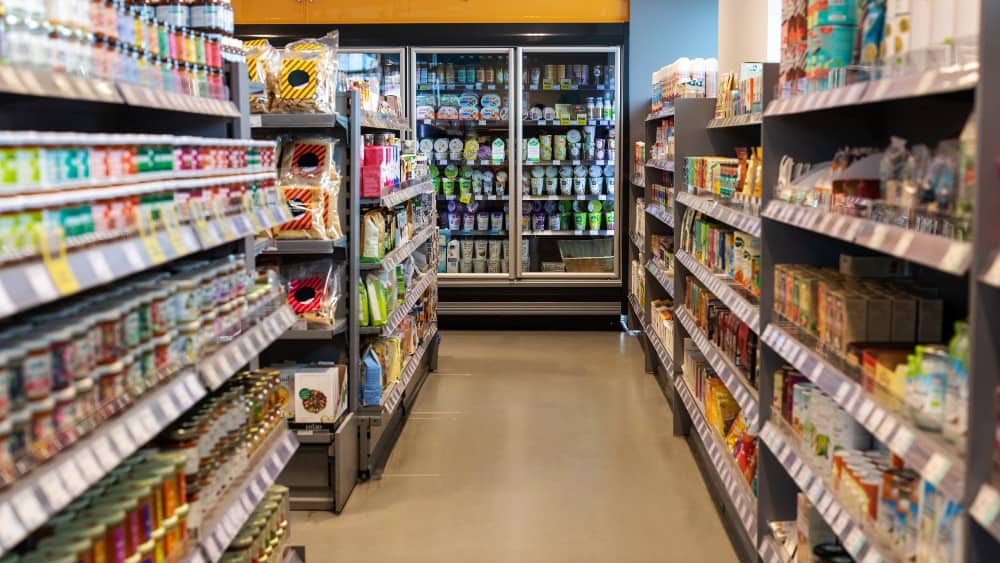Equities are among the riskiest asset classes globally, second only to cryptocurrencies. No stock is 100% safe from macro and micro economic challenges, and even the best companies may face unprecedented headwinds.
For example, a black swan event such as the COVID-19 pandemic saw the stock market enter bear market territory within a month, dragging share prices of companies across sectors lower in 2020.
It is almost impossible to find stocks that are immune to economic cycles. But there are some stocks that are safer than others. These stocks may have a lower beta, which indicates low volatility. Additionally, the companies may have a strong balance sheet, enjoy pricing power, and have a recession-resistant product portfolio.
Here, I have identified two such U.S. stocks that can be considered safe investments amidst a turbulent market environment.
PepsiCo
One of the largest companies in the world, PepsiCo (NASDAQ:PEP) is valued at a market cap of US$247 billion. The snacks and beverage giant also offers investors a dividend yield of 2.6%, making the stock attractive to income-seeking investors.
In the last decade, Pepsi has returned 228% in dividend-adjusted gains to investors. Comparatively, the S&P 500 index has gained over 250% since August 2012. But while the index is down 11% year to date, Pepsi shares have returned 4.6% to investors in 2022.
In Q2, Pepsi reported revenue of US$20.2 billion, an increase of 5.2% year over year, higher than analyst sales estimates of US$19.5 billion.
Earnings per share of US$1.86 rose 8.1% compared to the year-ago quarter, again surpassing forecasts of US$1.73 in the June quarter. Pepsi has now outpaced consensus earnings estimates for the 10th consecutive quarter in Q2. Further, the company’s rising revenue allowed it to expand net margins by 30 basis points to 12.8%.
Pepsi’s stable cash flows have allowed the company to increase dividends for 50 consecutive years. The payout ratio of 67.8% is quite sustainable.
Procter & Gamble
Armed with a popular portfolio of brands such as Tide and Pampers, Procter & Gamble (NYSE:PG) is a blue-chip consumer staples company. It has increased dividends for 66 years in a row, showcasing P&G’s resilient business model.
In fiscal 2022, which ended in June, Procter & Gamble increased revenue by 5% to US$80 billion, and adjusted earnings rose by 3% to US$5.81 per share. The company generated over 90% of net earnings as free cash flow, allowing P&G to distribute close to US$9 billion via dividend payments in the last 12 months. It also increased quarterly dividends by 5% year over year to $0.91 per share in April.
The company offers a forward yield of 2.5% and has a beta score of just 0.34, making it a top bet for risk-averse investors. Further, a diversified range of consumer staples and healthcare products enables P&G to keep generating cash flows across economic cycles.
Analysts tracking Procter & Gamble expect its stock price to increase by 7.3% in the next year. After accounting for its dividend yield, total returns will be closer to 10%.









